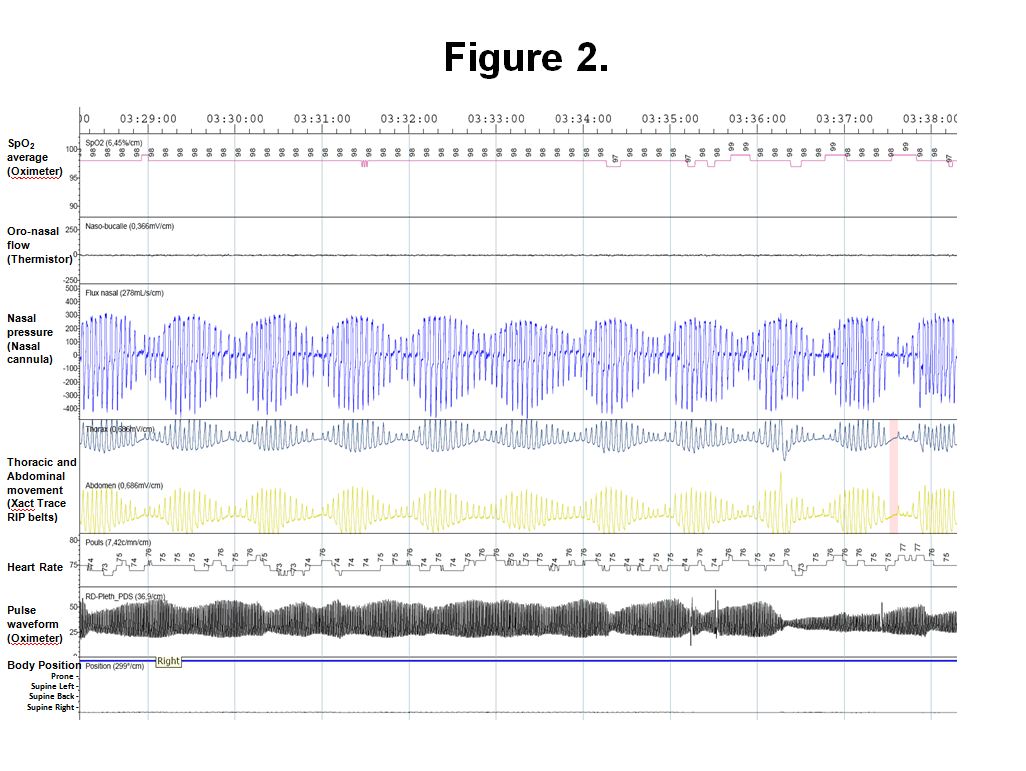
19 Dec Prevalence and Characteristics of Central Compared to Obstructive Sleep Apnoea: Analyses from the Sleep Heart Health Study Cohort
A recent study published in the Journal SLEEP utilised data from 5,804 participants of the Sleep Heart Health Study (SHHS) to conduct a cross-sectional analysis of baseline data. The object of the study was to compare subjects meeting contemporary diagnostic criteria for Central Sleep Apnoea (CSA) and Cheyne Stokes Respiration (CSR) to subjects with Obstructive Sleep Apnoea (OSA) or control group without Sleep Disordered Breathing (SDB).
The SHHS was a community-based prospective cohort study conducted from 1995 through 2006, which recruited 6,441 men and women aged 40 and older. At baseline, the investigators obtained polysomnography (PSG), EKG, blood pressure and questionnaires regarding health, medication use, and sleep.
The prevalence of CSA has traditionally been thought to be higher in patients with heart failure, however Donovan and Kapur found that individuals with self-reported heart failure were more likely to have OSA (55.1%) than CSA.
SHHS participants with CSA and CSR were found to be older, have lower BMI, lower Epworth Sleepiness Scale (ESS) scores and more likely to be male. Additionally, these subjects were also found to be more likely to have heart failure than those with OSA.
Despite greater severity of SDB in the CSA and CSR groups, sleep related symptoms were of similar or lower severity than OSA and no SDB groups.
Reference:
Donovan LM, Kapur VK. Prevalence and characteristics of central compared to obstructive sleep apnea: analyses from the sleep heart health study cohort. SLEEP 2016;39(7):1353–1359.

